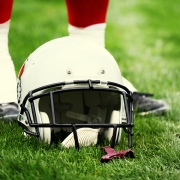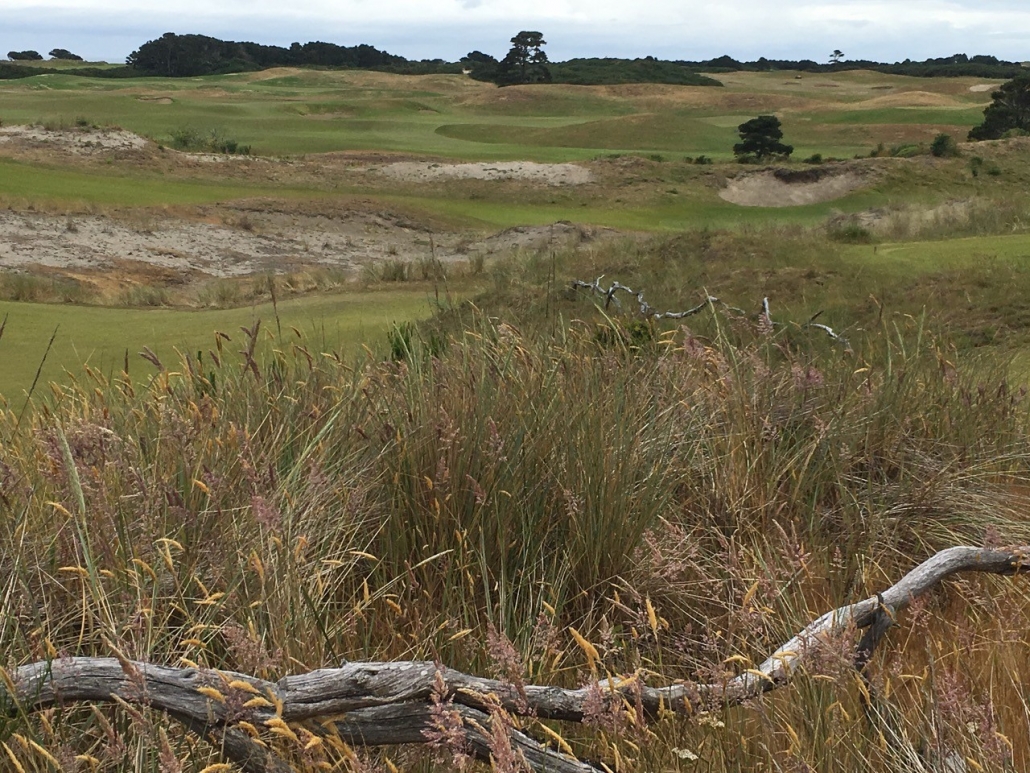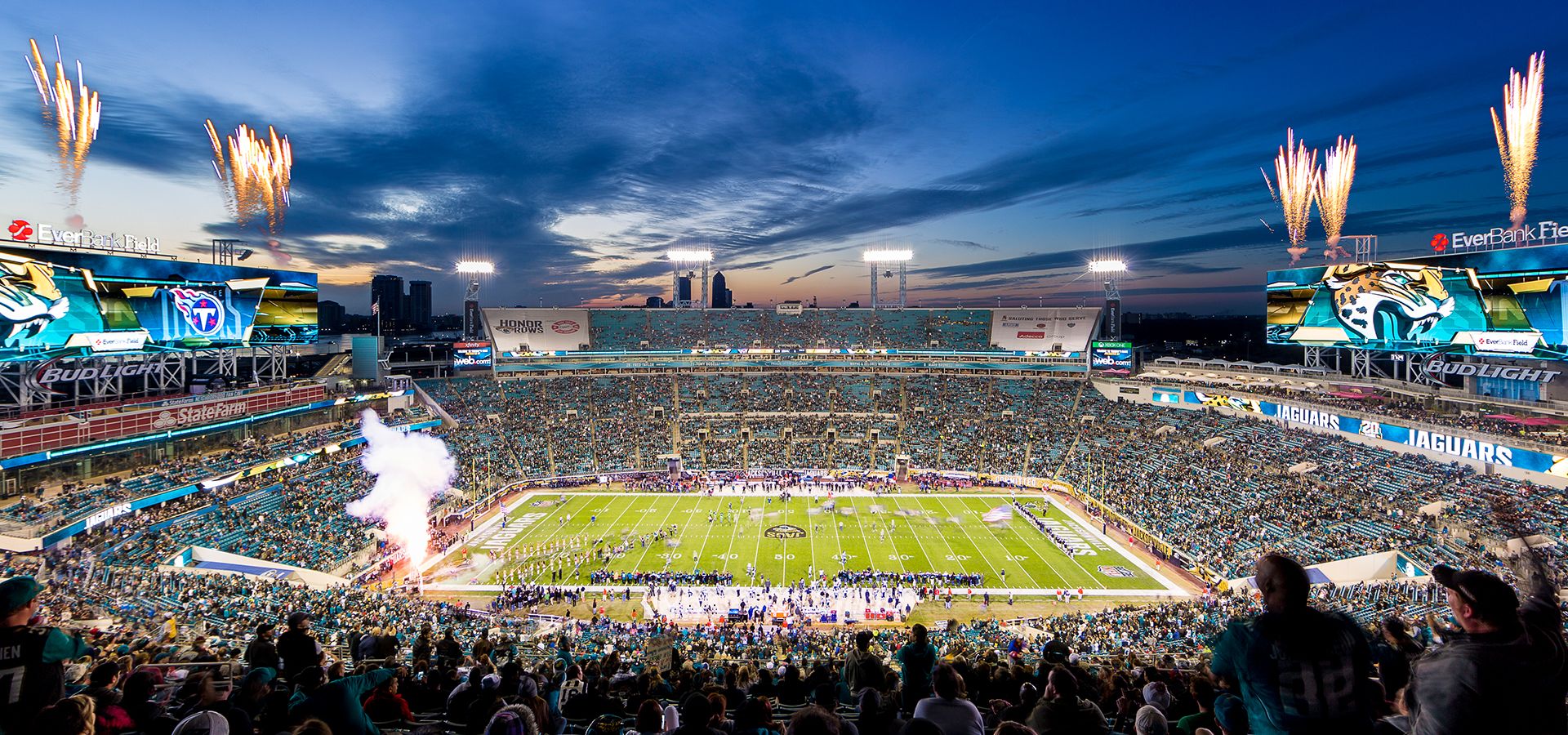Career Transition Happens Fast, And Every Day
Maybe you’ve heard I had a dramatic change in my employment status recently. It can be quite a shock if you’re not prepared, but you make of it what you want. No matter what career you have, you’re always looking forward to the next thing, the next accomplishment. When you’re suddenly not in it any longer, it changes your routine, tightens your social circle and, despite it being a cliche, you learn who your real friends are very quickly.
So it got me thinking about how quickly a professional athlete goes from celebrity stardom, fame and in some cases fortune, to displaced back into “civilian” life. It can be a harsh reality for those guys who have played sports their entire career. If you made it to the professional level, regardless of the sport, your athletic talent made you something special starting in elementary school. You’ve been celebrated and in some cases coddled to maximize your performance most of your life.
Then all of the sudden, it’s gone.
Whether they had it taken from them or they gave it up on their own, the reaction has been the same: They didn’t want it to end.
So what happens when somebody comes by your locker, (in the NFL he’s called “The Turk”) and says, “Coach wants to see you. And bring your playbook.”
“It’s a combination of shock, disbelief and fear,” former Georgia, NFL and USFL quarterback Matt Robinson said. “What does my future hold? Why does he think I’m not good enough for this job? What have I done differently than when I made teams?”
Broncos Head Coach Red Miller made a blockbuster trade with the Jets to acquire Robinson giving up a first and second round pick and another quarterback, Craig Penrose to get Matt as his starter. A year and a half later, a new Head Coach, Dan Reeves called Matt in the office and said, “I’ve never seen a guy so good one day and so bad the next. So I’m going in a different direction.”
Robinson laughed telling me that story saying, “Although it’s the truth it doesn’t make it any less painful this many years later.”
“Sometimes it’s a personality conflict with a coach or a teammate who has more value to the organization. It’s not always about how good you are. Sometimes it’s about money. I was anxious to get into the business world so the transition wasn’t traumatic for me. I had a longer career than I expected.”
Robinson is active in the NFL Players Association; helping recently “retired” players with their move out of the game. The NFLPA and the NFL through their Legends community recognized the need for a real transition plan for most players.
“I don’t think anybody believes it the first time they’re cut,” Robinson added. “It takes three or four times early in a career to come to that reality. Veterans around eight or nine years in the league start to look for “The Turk,” knowing their day is coming soon.”
It’s coming, no matter what. It’s just a matter of time. If he’s smart with his money, a player could be set for life. The reality is a Sports Illustrated study showed 78% of all players in the NFL are bankrupt or in financial distress within two years of leaving the league. NFL Legends is trying to change that statistic, creating programs for continuing education, preparing players for jobs and life after football. Players have been part of a community in the locker room their whole lives, and suddenly they’re out of it.
“This ends,” I told former Jaguars quarterback Mark Brunell in the late ’90’s once in the locker room when he was a player here. I thought he “big timed” me and blew me off during an interview early in his career. He kind of rolled his eyes and walked off. Years later when his playing career ended, we ended up working together on several projects and laughed about that conversation.
“You’re right. It does end. And quickly,” he said with a chuckle.
Brunell played 19 years in the NFL but still wasn’t ready for it to be over. He kept himself in shape, ran, threw and did whatever that summer, waiting for the call for his 20th year.
It never came.
“It takes a while to realize that it’s over,” he told me. Brunell has stayed close to the game through his work with NFL Legends, and as the Head Coach at Episcopal. “I’ve been benched, traded and cut,” he said. “I’ll be alright.”
Other guys don’t adapt as well. Michelle McManamon is the Co-Founder and Executive Director of the Jacksonville based “Operation New Uniform.” They mostly work with veterans transitioning out of military service into the civilian world. Recently though they’ve included athletes whose careers have ended and are looking to reconnect with reality.
“Whether it’s voluntary or involuntary, when transitioning out of the military, professional sport, or a business, our roles sometimes get confused with our identity. McManamon explained. “The quicker we understand that our roles don’t identify who we are and that it is our identity; self-image, self-esteem, self-concept, and self-worth that make up our being, the smoother the transition will be.”
Athletes are accustomed to an interview being somewhere on the field, usually starting with a 40-yard dash. Stepping into the real world requires some adjustment and new skills.
“We teach our clients the importance of asking high impact questions in interviews,” McManamon added. “This gives the interviewee the ability to maintain control and gain confidence throughout the interview process.”
“You spend every minute during the week trying to make yourself better on Friday for high school, Saturday for college or Sunday for the pros,” former Jaguars linebacker Lonnie Marts explained. “Then you don’t have that, and you’re thinking ‘OK, I’ll get back involved with my friends and family.’ Only to find out they also have lives of their own. You just didn’t notice.”
Martz has stayed close to the game as the Athletic Director and Head Coach at Harvest Community School. “Hey you need a job,” Lonnie quoted his wife saying with a laugh.
“I knew it was over when my agent called and said, “Nobody’s interested after your last workouts. It might be time to hang ’em up.”
“It’s kind of a fixed process,” Martz believes. “They want to slide the older guys out regardless of their talent. They tell you, “We don’t want you, and it’d be better if you went without a fight.”
It’s rare to see a Paul Posluzsny or Rashean Mathis walk away from their career as an athlete with some juice left.
“In my mind I was prepared mentally to stop playing,” Rashean told me. “I always told myself I was OK if I had to stop playing because of injury or whatever. I know that sounds counterproductive and not very positive but by saying that I was a little better in getting out.”
And even though he felt like he left on his own terms, the reaction of his mind and body somewhat surprised Rashean.
“Even when I stepped out, and I knew I was doing it, I was at a crossroads thinking, “What do I do next? What is my career move? Do I jump into something right away? Turn down coaching? A lot of stuff comes at you quickly and it takes time to sort it out. Your mind and your body has to figure it out at the same time.”
“I couldn’t look Telvin (Smith) or Myles (Jack) in the eye if I was a step slow and didn’t make a play,” Paul Posluzsny said at his farewell press conference. Paul knew he could still play, but he wanted something different.
“I don’t’ know,” he added when pressed. “Graduate school, something in aviation (he’s a pilot). When asked if coaching could be in his future he paused and said, “It’s something I wouldn’t not rule out.”
Former Major League Catcher Rick Wilkens said somewhat tongue-in-cheek, “It happened more often than I’d like to remember,” about being told he wasn’t in a team’s plans. “It bothers you a little less the older you get. I’m an old fashioned guy, being an organizational player. So when it first happened with the Cubs it was a shock. I had invested a lot in the community and the people there.”
Wilkens spent time with eight different teams during an 11-year Major League career. As a left-handed hitting catcher, he was a pretty valuable commodity. At one point Rick was one of only six catchers in MLB history to hit .300 and 30 home runs in the same season. He did that with the Cubs early in his career so being traded from Chicago had his head spinning.
“Nobody wants to hear ‘We’ve traded you to the Houston Astros'” Wilkens said. “Nothing against the Astros but you go through the whole spectrum of emotions. I got pulled off the field during a game and the manger Jim Riggleman said, “Rick, I don’t know what’s going on but I’ve been told to take you off the field. Go in the clubhouse.”
“I was surprised, shocked, in denial and then you get mad. I was trying to play hurt, so I was pretty agitated. But it’s part of the game. As you get older you get a little smarter and your understanding gets a little deeper.”
And despite the wisdom that veteran status gives players, and his deeper understanding of the game, Wilkens wasn’t ready to end his career when he stopped playing.
“My last full season (w/ San Diego) I felt like I still had a lot to offer the game. I was brought up that if you put up good numbers and caught and played the game how you’re supposed to play it you’d be able to stay in the game. I played independent league ball thinking I might get picked up but it didn’t happen and I saw the writing on the wall.” The evolution of the game kind of forced me out.”
Even success on the field didn’t soften the blow for Brett Myers. While they didn’t yank him off the field, after the 2009 World Series with the Phillies, they called Myers into the clubhouse office while he was cleaning out his locker to tell him they weren’t brining him back next year.
“I felt like I was slapped in the face,” Myers recalled. “I busted my butt since I was 18 years old for you, so 12 years’ later you just said ‘beat it?’ You’d think they’d have some loyalty, but it is a business. I told them when I left, ‘You’ll never win a World Series without me.’ I was more bitter than thinking it through, but they haven’t. I wanted to finish my career in Philly. These days a lot of front office execs are basically running fantasy baseball with guys careers.”
A 12-year career with four teams ended in Cleveland for Myers. The Indians signed him and kept Corey Kluber in the minors. When Myers got hurt mid-year, they brought Kluber up and he flourished. Brett talked with him at the end of the season in Cleveland (they both lived in Jacksonville in the off-season) and explained to him how good he was. Kluber won the Cy Young the next year.
“That’s part of your job late in your career, to help the young kids come up. Take them under your wing. I don’t want any credit but I just hope some of them said ‘He gave me some good advice.'”
So is Myers happy at this point how his career played out?
“Over the year’s I’m more satisfied, but I also realize when you can’t help a team anymore and you should just pack up and go home. I’m still frustrated how my career was jockeyed around and how it might have been different. I took the ball even when I was hurt. I just told them ‘Give me the ball.'”
“I was always musically inclined so I’ve always dabbled in music a bit,” he said of his post-baseball life. “That’s really helped. The adrenaline of getting on stage is like playing. And staying here was important to me. This is my home.”
So if “The Turk” shows up at your cubicle one day just know that all of these guys picked North Florida as their home after their athletic careers ended, voluntary or otherwise. And they’re all doing well.
(Author’s note: I just wanted to say thanks to everybody who wrote, emailed, texted, called and stopped me on the street to offer their support in my own “transition.” You’ve been very kind and I appreciate it.)









